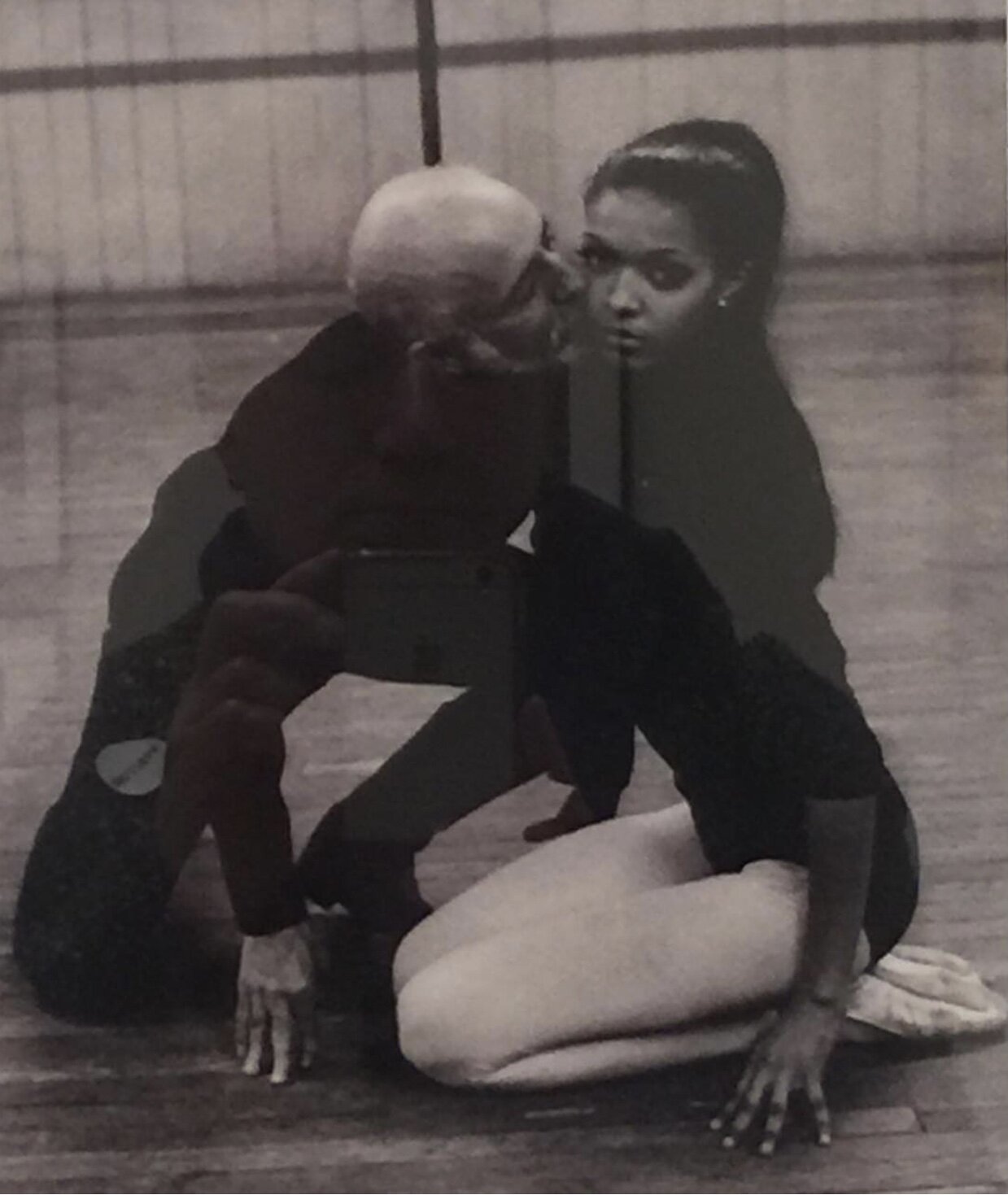Lydia Abarca: Black History Month in Dance , 2021
81; 82; 83; 84; 85; 86; 87; 88; 89. Individual black people have been dancing ballet since the 1930s or earlier. By 1965, a few of them were internationally famous. But we’re these just isolated exceptions? Ballet remained an almost exclusively white bastion until, from 1969 onward, Dance Theatre of Harlem, founded by Arthur Mitchell and Karel Shook, kept demonstrating - over months and years and across a wide repertory - that a whole company could do so. Even so, the peaks of nineteenth- and twentieth-century ballet could not be scaled unless there were ballerinas to show that black women could show ballet’s perilous sublimity on the heroic scale of which it is capable.
Lydia Abarca (b. 1951) was the first of those Harlem ballerinas, a figure of glamour, courage, youth, and bloom. Probably none has been more heart-catching; and it was she whom George Balanchine invited to join New York City Ballet (she declined).
With Harlem, she danced (see 51) the Melissa Hayden role in William Dollar’s “The Combat” (formerly “The Duel”); coached by Jerome Robbins and Mitchell, she danced the young ballerina of his “Afternoon of a Faun” with another young beauty, Ronald Perry (see 52, 53, 54, 55); coached by Mitchell, she danced the Diana Adams role in George Balanchine’s “Agon” (see 56); she danced the Allegra Kent role in Balanchine’s “Bugaku” (see 57); she danced Mitchell’s own “Ode to Otis” (see 58); she made it to the coveted cover of “Dance Magazine”, the first black ballerina so to to do (see 59). When the company, only five years old, began to dance internationally, she led it - not its only ballerina or its most bravura one, but its most sheerly beautiful and radiant.
Other distinctive Harlem ballerinas followed - Elena Carter, Stephanie Dabney, Lorraine Graves, Virginia Johnson, among others. We can all name white companies that produced fewer individually luminous ballerinas than did Harlem in the 1970s and 1980s. It is a puzzle that the ballet world of the twentyfirst century has produced fewer black ballerinas of note than Harlem did then; but what happened once can happen again. Abarca set the bar for them all.
Tuesday 16 February
Lydia Abarca in “The Combat” (William Dollar), Dance Theatre of Harlem
Jerome Robbins coaching Lydia Abarca in his “Afternoon of a Faun”. Photograph taken at Exhibition of Arthur Mitchell archive being given to Columbia University, 2018.
Arthur Mitchell coaching Ronald Perry and Lydia Abarca in the Robbins “Afternoon of a Faun”
Lydia Abarca rehearsing the Robbins “Afternoon of a Faun”
Lydia Abarca with Ronald Perry in the Robbins “Afternoon of a Faun”
Mel Tomlinson with Lydia Abarca in George Balanchine’s “Agon”
Lydia Abarca in George Balanchine’s “Bugaku”
Lydia Abarca aloft in Arthur Mitchell’s “Ode to Otis”, Dance Theatre of Harlem
Lydia Abarca as the first black ballerina to make it to the cover of “Dance Magazine”








